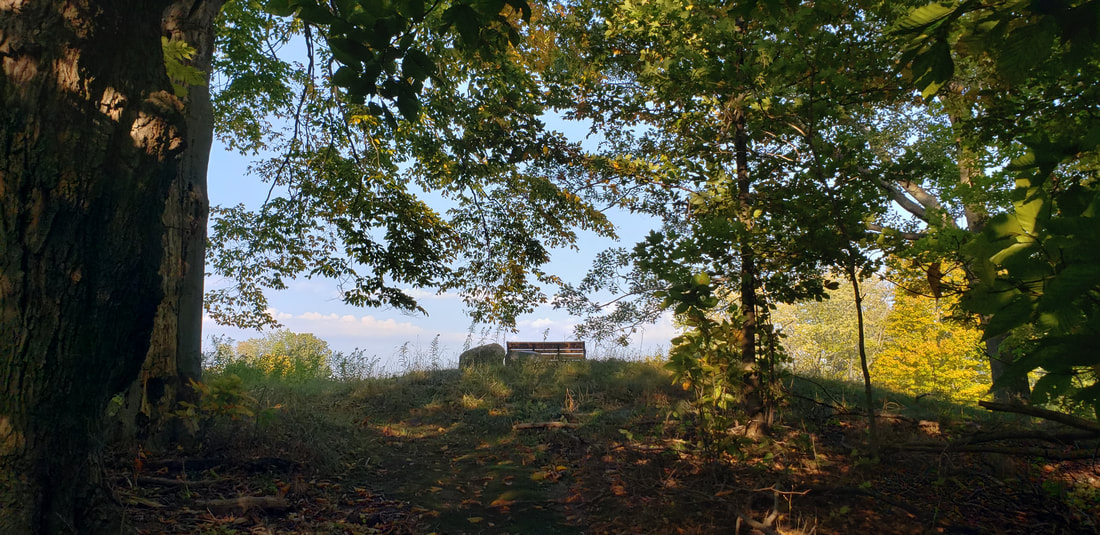Forests & Trees
The best time to plant a tree was 20 years ago. The next best time is now.
~ Chinese Proverb
~ Chinese Proverb
Trees & Forest ManagementThe forest is a very important part of the FALC property. It provides habitat for wildlife, reduces carbon dioxide, prevents erosion, creates fertile soil, provides shade, and is remarkably beautiful. Areas of FALC not designated as prairie grass are being allowed to fill in naturally with native plants. These areas are not mowed in order to allow for the natural process of becoming a forest. As trees fall, they are left to decompose in place, providing habitat for forest animals, insects and plants. Only in cases where they obstruct roads or endanger structures do we take action to remove them. FALC hopes to identify funding for the future planting of native Michigan trees on the property. |
Threats from Pests and Disease
(source Michigan DNR: https://www.michigan.gov/dnr/managing-resources/forestry/health)
Emerald Ash Borer
Emerald ash borer (EAB), Agrilus planipennis Fairmaire, is an exotic beetle that was discovered in southeastern Michigan near Detroit in the summer of 2002. The adult beetles nibble on ash foliage but cause little damage. The larvae (the immature stage) feed on the inner bark of ash trees, disrupting the tree's ability to transport water and nutrients. FALC had over 100 Ash trees.
Beech Bark Disease
Beech bark disease is caused by a sap-feeding scale insect and a fungus. Trees are first infested with whitish beech scale, allowing infection by the Neonectria fungus. The fungus kills trees by blocking sap flow.
Hemlock Woolly Adelgid
Adelgids are tiny insects that secrete white wax as they feed on sap from hemlock shoots and branches. Hemlock woolly adelgid feeding can kill needles, shoots and branches, resulting in tree death.
(source Michigan DNR: https://www.michigan.gov/dnr/managing-resources/forestry/health)
Emerald Ash Borer
Emerald ash borer (EAB), Agrilus planipennis Fairmaire, is an exotic beetle that was discovered in southeastern Michigan near Detroit in the summer of 2002. The adult beetles nibble on ash foliage but cause little damage. The larvae (the immature stage) feed on the inner bark of ash trees, disrupting the tree's ability to transport water and nutrients. FALC had over 100 Ash trees.
Beech Bark Disease
Beech bark disease is caused by a sap-feeding scale insect and a fungus. Trees are first infested with whitish beech scale, allowing infection by the Neonectria fungus. The fungus kills trees by blocking sap flow.
Hemlock Woolly Adelgid
Adelgids are tiny insects that secrete white wax as they feed on sap from hemlock shoots and branches. Hemlock woolly adelgid feeding can kill needles, shoots and branches, resulting in tree death.

